What causes skunked beer?
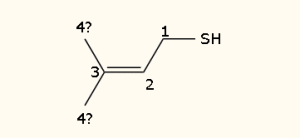
We’ve all had a nasty, funky, mouth-full-o-skunk-spray beer at one time or another. But what causes skunked beer, and is it always a bad thing?
LIGHT IS BEER’S ENEMY
The technical term for skunked beer is “lightstruck”, as light is what causes the reaction that creates the skunkiness. The guilty party is a compound called 3-methyl-2-butene-1-thiol (or simply 3-MBT) which is a sulfur compound very similar in chemical makeup to the compounds that make up actual skunk’s spray ((E)-2-butene-1-thiol and 3-methyl-1-butanethiol). The flavor is quite potent, with a taste threshold of around 4 parts-per-trillion.
3-MBT is produced in beer when isomerized alpha acids (the compounds that gives beer its bitterness) come in contact with light. This causes the iso-alpha acids to break down and some of the resulting compounds react with riboflavin in beer and produce the glorious 3-MBT. The reaction can happen pretty quickly, if you sit outside on a sunny day with a tall glass of beer you may notice a difference in just a few minutes. Mmm… skunkalicious.
Most beer today comes in brown bottles, and with good reason. Brown glass blocks most of the light that causes skunkiness. Both blue and green glass do a very poor job of this, as does clear glass, of course. I recently conducted an experiment with two identical homebrews, one packaged in a green bottle and the other in a brown bottle, to test the differences. I’ll talk about that more below. Of course the best packaging for light protection is the good ol’ aluminum can, which over the last few years has become popular again with craft brewers. Cans not only block all light but they are lighter and don’t shatter into a million pieces if you drop them by the pool.
For homebrewers one of the easiest way to protect your beer is to always package in brown bottles. If you choose to use green or blue (or even brown, to be safe) make sure to keep them out of the light.
INTENTIONALLY SKUNKING MY BEER… FOR SCIENCE
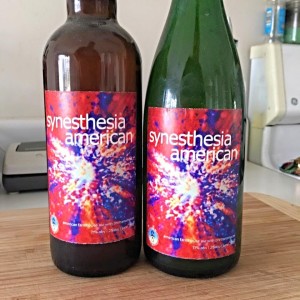
There’s been a lot of discussion lately about beers like saisons and funky sour beers actually benefiting from a little skunkiness. Many well-regarded Belgian brewers still package in green bottles, although Dupont has said recently that the skunkiness has never been a desired characteristic in their beer, and have moved to brown bottles for some of their offerings. Apparently the issues stems from the expanded popularity of Belgian beers like Saison Dupont and the necessity to transport them around the world. This increases the risk of light exposure and people drinking them think the flavor is intentional, and many of them enjoy it. I’ve never got the skunk flavor in a bottle of their regular saison but I did purchase a couple of bottles of their Avec Les Bon Voeux that had definite skunky character, which I did not care for at all.
Jester King brewery recently announced they were moving some of their beer to green bottles, and of course the internet started buzzing about the decision. I was firmly on the side of this being a bad decision as I’d never had a beer with skunkiness that I enjoyed. However, I was talking with Jason Pellett (brewmaster at Atlanta’s Orpheus Brewing) about my experience with the special Dupont beer and he said he actually enjoyed some skunkiness in that beer… so I promptly gave him my other bottle.
However as discussion raged on I became curious about the differences identical beers packaged in green and brown bottles would have, so I decided to undertake an experiment. Early this year I brewed an American Farmhouse Ale with Brettanomyces, a beer very similar to saison. I keg most of my beer but I do enjoy bottle-conditioned saisons so when this one went into bottles I put some of the batch in green bottles and some in brown bottles. I wasn’t confident enough to skunk my whole batch but I did take one 750ml bottle of each and put them on a shelf in my entry hall, then I let them stay there for six months.
After the assigned time had passed I put the dusty bottles in the refrigerator and prepared to share them with my homebrew club. We met recently and tried the beers out, and were pretty surprised by the results. The brown bottle version of the beer was very good, with some of that barnyard funkiness brett is known for as well as a nice fruitiness, I’m pretty happy with this beer and I even took 2nd place with it in a competition recently. When pouring the beer from the green bottle it was immediately noticeable that my skunking efforts were successful, the aroma had a bit of pungency but was not unpleasant, it actually played well with the brett character. The taste was not skunky, just more funky than the brown bottle version. Of the seven people who tried both beers everyone preferred the green bottle, and many of them were as surprised as I was at their preference. Some even said the brown bottle version tasted a bit bland after drinking the green version.
This was fun experiment. It was very interesting to see how different two identical beers were in the different bottles, and impressive to note how well the brown bottle protected the beer. I don’t think I’ll got to skunking all my beers but if I did this beer again I think I’d want to split the batch and put some in green bottles. Some people will say I’m crazy, and they would be right, but it’s not because I enjoy some skunkiness in my beer.
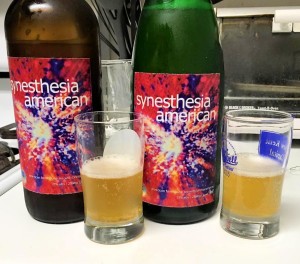
ADDITIONAL READING
If you’d like to nerd out on this a bit more here are some articles that get deeper into the science of lightstruck beer as well as bottle properties.
- Lightstruck (Via Beer Sensory Science)
- Light Absorption by Various Beer Bottle Glass (Via Basic Brewing Podcast)
- Issues Regarding Residual IAA in Reduced Hop Products and the Formation of Detectable 3-methyl-2-butene-1-thiol (Via barthhaasgroup.com)
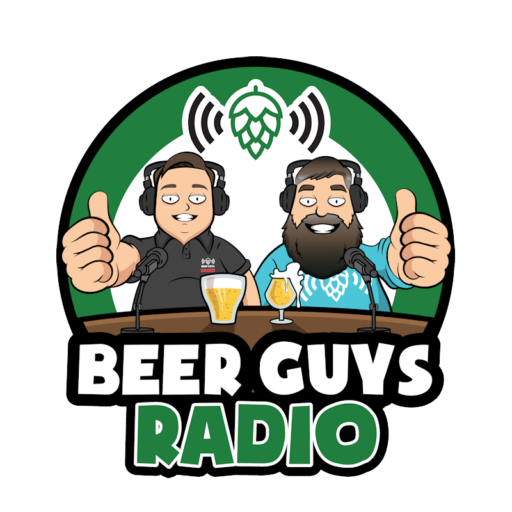


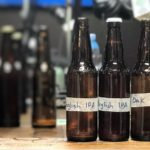

Tim,
Why not next time try adding actual skunk spray to your Saison? If I know anything about your beers it MAY actually improve it.
-Jesus of Nazarstock
I tried that but it’s really difficult to aim a skunk.